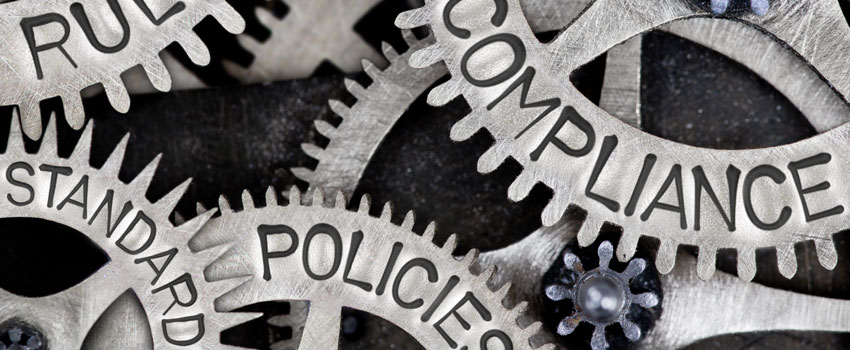CGA’s March & April 2022 Safety Publications (New Releases & Revisions)
May 4, 2022
During March and April 2022, CGA issued multiple safety standards, guidelines, and position statements including:
CGA C-1, Methods for Pressure Testing Compressed Gas Cylinders and Tubes
Released: March 8, 2022 (12th Edition)
Pressure testing of compressed gas cylinders is required for many newly manufactured cylinders and is also an accepted test method for the requalification of cylinders. The referenced edition of the applicable documents, as specified by the U.S. Department of Transportation (DOT) in Title 49 of the U.S. Code of Federal Regulations (49 CFR), in Canada by Transport Canada (TC) in CSA B339, Cylinders, spheres, and tubes for the transportation of dangerous goods, and CSA B341, UN pressure receptacles and multiple-element gas containers for the transport of dangerous goods as referenced by the Transportation of Dangerous Goods Regulations, or the authority having jurisdiction shall be available at each facility conducting pressure testing/requalification.
For the testing/requalification of cylinders manufactured under a special permit or equivalency certificate, a current copy of that special permit or equivalency certificate shall also be available.
For the manufacturing tests or requalification of a cylinder or tube manufactured under an international standard, pressure testing shall be performed in accordance with the requirements of the relevant cylinder design standard or relevant cylinder requalification standard specified by national or international competent authorities.
This standard contains operating and equipment requirements necessary to properly perform pressure testing of compressed gas cylinders.
CGA F-5, Standard for Food Gas Food Defense
Released: March 8, 2022 (1st Edition)
Food defense is an important element in protecting food gas manufacturers, distributers, and consumers from internal and external threats of intentional adulteration by:
- acts intended to cause wide scale public health harm, such as acts of terrorism focused on the food supply; and
- acts of disgruntled employees, consumers, or competitors.
Therefore, food defense programs shall be developed for the protection of public health.
The FDA Food Safety Modernization Act (FSMA) added to the Federal Food, Drug, and Cosmetic Act (FD&C Act) several new references related to intentional adulteration including:
- Section 418 of the FD&C Act (21 U.S.C. 350g) addresses intentional adulteration in the context of facilities that manufacture, process, pack, or hold food, and that are required to register under Section 415 (21 U.S.C. 350d).
- Section 420 of the FD&C Act (21 U.S.C. 350i) addresses intentional adulteration in the context of high-risk foods.
FDA implemented these intentional adulteration provisions through a rule entitled “Mitigation Strategies to Protect Food Against Intentional Adulteration” (IA rule). The final rule was published in the Federal Register on May 27, 2016. (81 FR 34166). The rule, which includes the requirements for food defense measures against intentional adulteration, and related requirements, can be found in 21 CFR Part 121.
This standard is intended to provide the food gas industry with a plan to assess and identify the threats for intentional adulteration and then implement appropriate control measures.
CGA P-8.6, Unmanned Air Gas Plants: Design and Operation
Released: April 29, 2022 (3rd Edition)
This publication has been written to address issues relating to the increasing number of air gas production facilities that are run unmanned or remotely operated.
There are many similarities in the operation of manned, unmanned, and remotely operated plants; however, there are some differences. These differences are not only in how the plant is operated and maintained but also how the plant is designed. In particular, designing new unmanned plants or converting existing plants from manned to unmanned or remote operation requires specific design considerations to ensure an equivalent level of safety to that of a manned operated plant.
The purpose of this publication is to provide guidelines for the design, operation, and maintenance of a plant that has unmanned or remote operations.
CGA PS-2, CGA Position Statement on Establishing an Industry Standard Color Code for Compressed Gas Cylinders
Released: April 29, 2022 (5th Edition)
It has long been and continues to be CGA’s position that the best means to identify the content of any gas cylinder, either industrial or medical, is by some form of the printed word. This is why CGA recommends the use of product labels or tags affixed to the shoulders and/or sidewalls of compressed gas cylinders at the time of filling to indicate their contents. The U.S. Occupational Safety and Health Administration (OSHA) and Canadian Workplace Hazardous Materials Information System (WHMIS) require all cylinders containing gases to bear a proper product label. The U.S. Food and Drug Administration (FDA) and Health Canada provide additional labeling requirements for medical gases. Appropriate wording for labels is provided in CGA C-7.
This position statement addresses the question of whether a uniform, industry-wide color code standard should be established to identify, by color, the type of gas contained in a cylinder.
CGA PS-67, CGA Position Statement on Nitrogen Supply for Use in Cryosaunas
Released: April 22, 2022 (1st Edition)
CGA is concerned with the risk of asphyxiation or other injuries to occupants of cryosaunas if appropriate precautions are not taken. Safety information is available on the risks associated with gaseous and liquid nitrogen used in cryosaunas. See CGA P-76, Hazards of Oxygen-Deficient Atmospheres, and CGA P-12, Safe Handling of Cryogenic Liquids.
Questions have been raised regarding the grade of nitrogen to be supplied to cryosauna facilities in the United States. This position statement addresses those questions.


